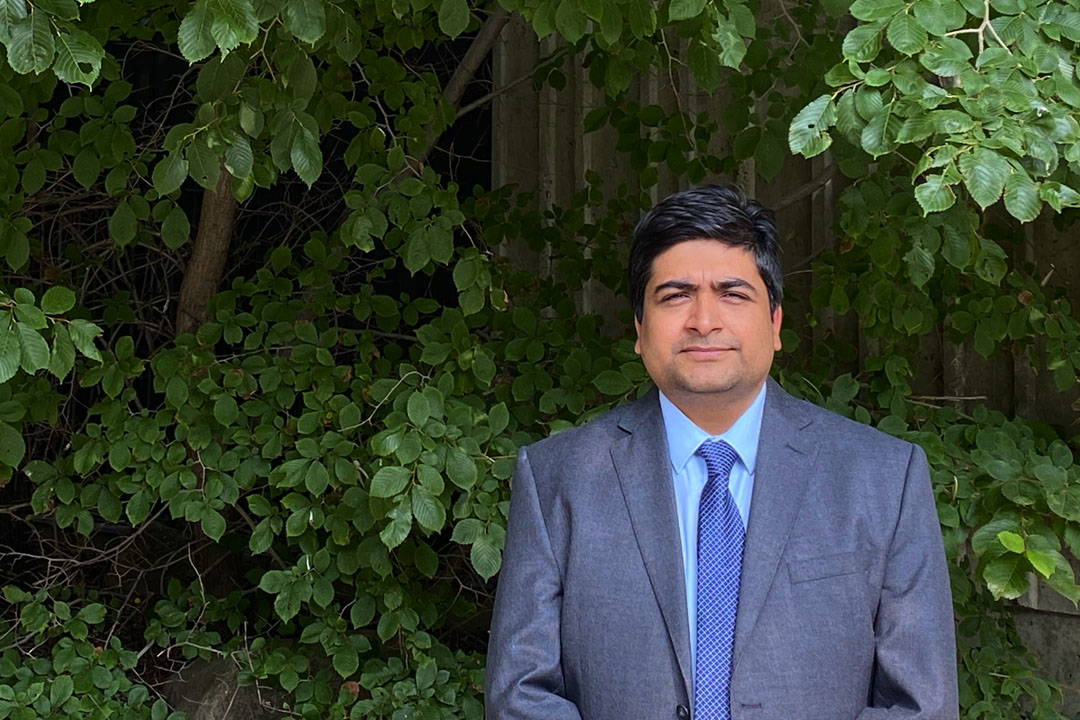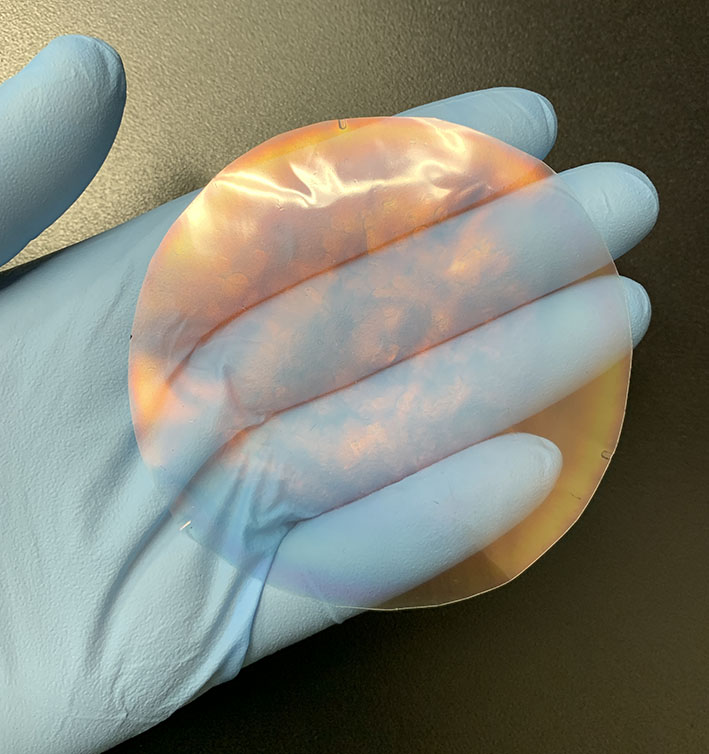
Finding solutions in unlikely places
How Bishnu Acharya looks to agricultural byproducts for inspiration.
By Ashleigh MatternDr. Bishnu Acharya (PhD) has a knack for finding unique solutions to tough problems. Acharya’s research strategy is to look for ways to create value-added products and processes with sustainable resources. He works with bioresources to find sustainable solutions with commercial potential, and develops the technology, opening up new business opportunities.
“Once you know the problem, you try to understand what the nature of the problem is and what potential solutions to it could be,” said Acharya, who is an associate professor in the Department of Chemical and Biological Engineering for the College of Engineering at the University of Saskatchewan (USask). In addition to his work as an associate professor, Acharya is the Saskatchewan Ministry of Agriculture Research Chair in Bioprocess Engineering.
One of Acharya’s goals is to replace petroleum-based products with materials created from the byproducts of industrial and agricultural processes.
In agriculture, sustainable food production is a popular topic, and Acharya said most people think about that in terms of nutrient management, water management, and crop development.
“My focus is on the other side—towards converting the huge amount of biomass that is left after the harvesting is complete, into a high-value product,” he said. “So basically looking at creating value out of waste.”
Turning biomass into high-value products requires the magic of engineering to develop new processes and technology.
A strategy of discovery
Acharya came to his position at USask from the University of Prince Edward Island (UPEI). While working at UPEI, he and his team developed a process to harvest problematic tunicates and use it to create a unique biomass-based material called cellulose nanocrystals that industries like packaging, automotive and aerospace could be interested in. His UPEI graduate student, Matthew J. Dunlop, is looking to build that research into a company for the commercialization of technology and products.
Acharya started at USask in September 2020, and is already involved in projects in Saskatchewan that mirrors the strategy he applied in P.E.I.
In one project, his research team is looking into the use of starch that’s a byproduct of pulse processing. The project is funded by the Government of Saskatchewan’s Strategic Research Initiative.
“There are processes set up to extract protein out of the pulse, and after the protein is extracted, the starch is left. We have to find some application for that starch,” he said.
Acharya’s goal is to see if the starch can be used in developing packaging foam materials. Much of the materials for packaging used now come from petroleum sources; think of the materials used in shipping to keep items safe, or the trays that meat and vegetables are packaged on in the grocery store. He wants to understand the process of creating those materials from starch and see how it can be developed in a more scalable way.
Another project he’s involved in is looking at using the byproducts from the processing of wheat straw to produce cellulose pulp for the pulp and paper industry. He thinks those byproducts may have the possibility of being used to make biochemicals and bioplastics.
Globally, there is a trend of moving away from single-use plastics, and Acharya thinks there are many real-world applications for his research.
“In Europe, they already have different policies to ban single-use plastics. It is very likely that Canada and other parts of the world will also be slowly adopting those policies,” he said. “When that happens, we will need an alternative product from biobased sources to replace those single-use plastics. … With that momentum, the process and technology and the products we’ll be developing in the research will be picked up by the industries.”

Making a difference in the world
Acharya said growing up in Nepal gave him a unique view of the world and influenced his career path.
“Coming from Nepal, small developing countries do not have much source of petroleum or other fossil fuels and have to import most of the fossil fuels from neighbouring countries. In smaller countries like Nepal, we have to be self-dependent.”
Agriculture is practiced around the world, and he was interested in the idea of using the byproducts of agriculture to produce energy and other valuable materials, allowing smaller countries to be more independent.
Near the end of his bachelor’s degree at the Institute of Engineering in Nepal, he took a course on bioenergy and hydropower, sparking an interest in renewable energy. He liked the idea of making a difference in the world in the face of climate change.
He attended the Asian Institute of Technology in Thailand for his master’s in energy technology and worked on renewable hydrogen from biomass, focusing on fuel cells for power application. He then did his PhD at Dalhousie University, continuing in that line of research, developing the technology for hydrogen production from biomass.
Following his PhD, he worked for the Halifax-based company Greenfield Research Incorporated, giving him a chance to see his research from the industry perspective.
“I was able to initiate a number of projects funded through other industries,” he said. “It gave me an opportunity to learn how things are done at the industry and community level.”
Acharya loves connecting with industry and problem solving, but he said what he loves most about his work is engaging with students and seeing their development.
“Talking to students, providing an equitable and inclusive learning environment—and trying to help them grow in their career—I think is very fascinating about this work. Seeing your students carrying your vision forward and implementing them provides great satisfaction.”
He said the focus in the world has been shifting towards bio-based materials and chemicals that have less of an impact on the environment, and much of the research happening in his field will be realized in the next 10-15 years.
“I strongly feel the students today who are being trained in this area will be the champions who will be leading this change,” Acharya said.
Agknowledge, Fall 2021

